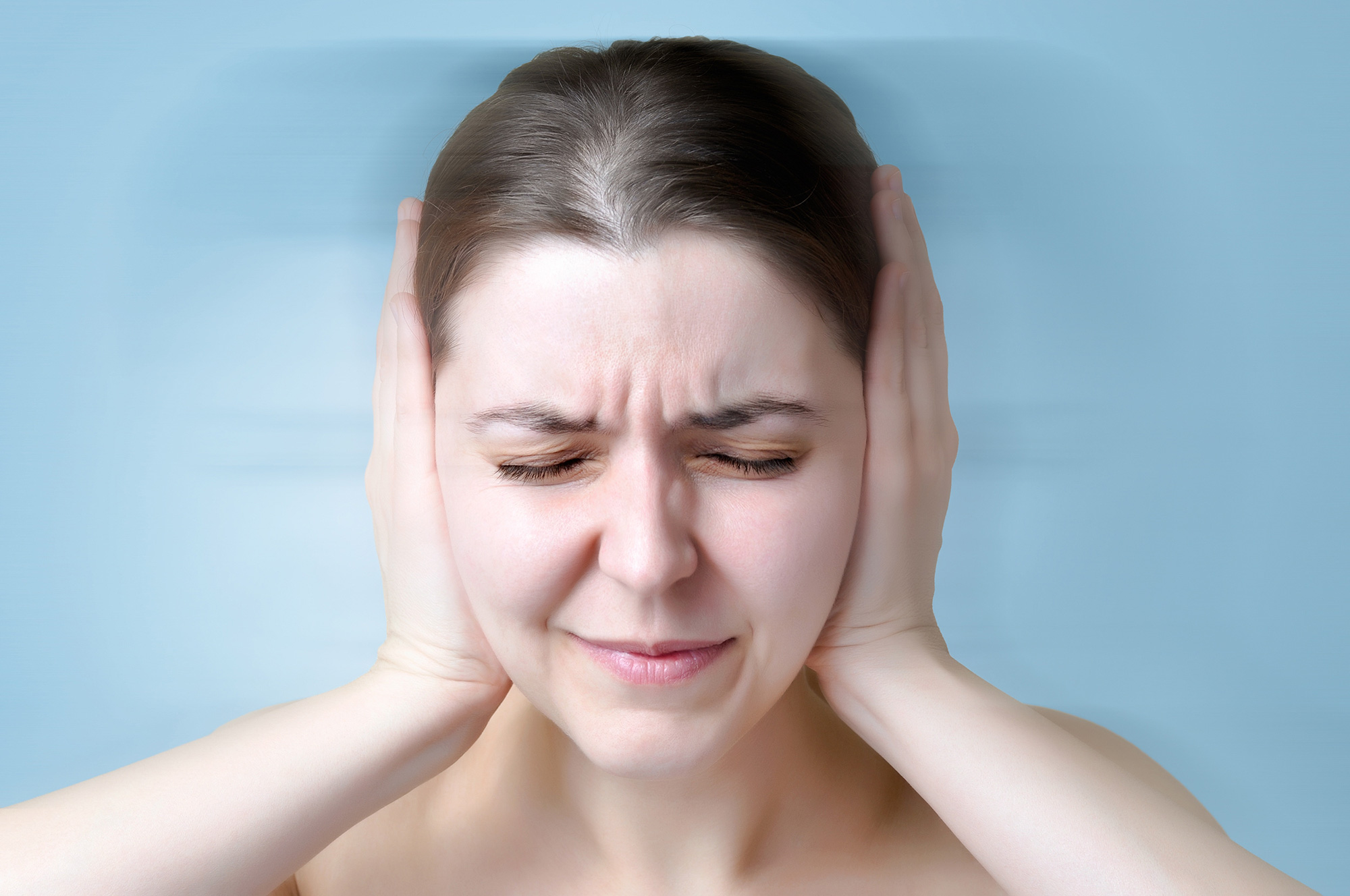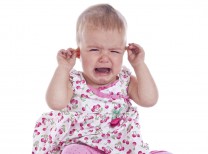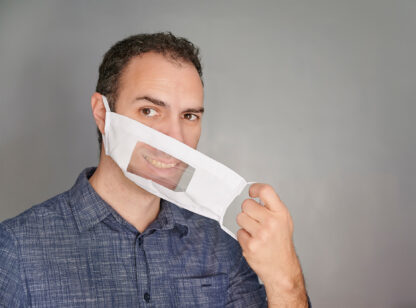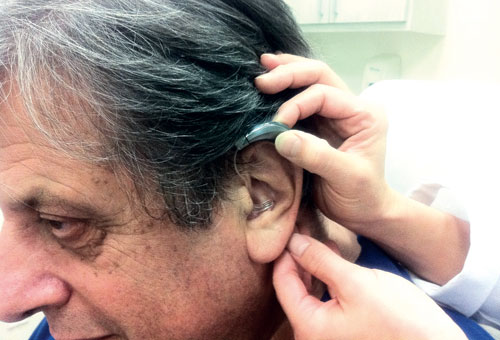It is estimated that 50 million Americans suffer from a tinnitus disorder, a ringing or buzzing in the ear.1 Most patients describe the perceived noise as a persistent, chronic, annoying and sometimes debilitating buzzing, ringing, static or high-pitched sound in the ear(s) or head. However, current tinnitus research now defines tinnitus as a disorder involving the brain and not necessarily the ear(s) as previously suspected.2
Tinnitus is defined categorically as subjective and objective. Subjective tinnitus occurs in 95 – 98% of patients who are the only ones to perceive the sound. There is no external stimulus present to measure. Objective tinnitus can be measured because a physical sound source is present.3
The source and intensity of the tinnitus may not be relevant to each individual patient. According to a 2014 National Institutes of Health report, “The percentage of tinnitus awareness during the day, self-reported depression and/or anxiety, and subjectively experienced loudness are the most important factors related to the severity of the perceived tinnitus.”4
Even after 40 years of dedicated study and research in the field of tinnitus, the American Tinnitus Association reports that most patients are given little hope and direction when they turn to the medical community for help with their affliction. Many patients are counseled by their primary physician or otolaryngologist (ear, nose, and throat specialist) that little or nothing can be done to reduce or manage the complaints.
The good news is that there are now safe and effective non-invasive treatments to address patients who report that their tinnitus is debilitating, according to audiologist Douglas Beck, AuD, and these therapies can include the use of hearing aids.3
In their 2017 report Tinnitus Issues and Management, Mazevski, et al., concluded that many patients who suffer from chronic tinnitus also have a hearing loss component present.1 Many people are therefore unaware of their hearing deficit because their hearing loss is relatively silent in comparison to the tinnitus they experience. Most patients therefore pursue relief for their greatest complaint and ignore their hearing deficits. The report also revealed the 80/80 Rule: 80% of the patients with sensorineural hearing loss (nerve deafness) also experience tinnitus. Reciprocally, they added that 80% of the patients with tinnitus suffer from hearing loss.
The report advised that most patients can be effectively managed utilizing three levels of support tailored to the specific needs of each patient. These primary strategies include:
- Level I – Referral to a health care provider such as a primary physician to address the patient’s general health.
- Level II – Audiometric baseline testing to provide a comprehensive clinical assessment of the patient’s auditory function. A tinnitus survey may be utilized. When needed, a referral to an otolaryngologist is made to diagnose and treat any ear, nose and throat conditions that may be present. When appropriate, amplification (hearing aids) and tinnitus programs may be discussed and recommended.
- Level III – A skills education program designed by an audiologist and mental health practitioner to teach self-management responses to address negative reactions to tinnitus.
As articulated by Beck in 2017, tinnitus unfortunately continues to be an enigma and there are no clear answers, cures or treatments available in a one-size-fits-all medical strategy. It is important for patients who experience chronic and debilitating tinnitus to maintain flexibility when selecting a preferred method of treatment and/or management by a physician, medical practitioner, audiologist or therapist. Baseline audiological testing is key, in cooperation with assessment by the otolaryngologist, to identify a multitude of specific medical conditions which may be present and that can be addressed. Only then can an appropriate and tailored management plan be implemented to improve a tinnitus patient’s quality of life.
Lisa Nathan Bellows is an audiologist practicing in Palm Desert and a member of Desert Doctors. She can be reached at (760) 340.6494. For more information visit www.DesertDoctors.org or call (760) 232.4646.
References and sources: 1) Mazevski, Beck, and Paxton 2017 Hearing review.com/xxx2015; 2) Reavis, K.M., Rothholtz, V.S., Tang, Q., Carroll, J.A., Galilian, H., Zeng, F.G. (2012) Temporary suppression of tinnitus by modulated sounds. Journal of the Associated of Research in Otolaryngology, 13, 561-571; 3) Beck DL. Tinnitus 2012: Issues and answers. Paper presented at: British Academy of Audiology (BAA) Annual Conference, Liverpool, England; November 2012; 4) Hoekstra, Wesdorp, van Zanten 2014: Socio-demographic, health, and tinnitus related variables affecting tinnitus severity https://www.ncbi.nlm.nih.gov/pubmed/25003528; 5) Kochkin S, Tyler R: Tinnitus treatment and the effectiveness of hearing aids – hearing care professional perceptions. Hear Rev. 2008, 15 (13); 14-18; 6) US Cennsus Bureau US and world population clock, June 2017. Available at https://www.census.gov/popclock; 7) American Tinnitus Association website: www.ata.org Accessed Jan 25, 2011.











































Comments (0)